Traditional facade design often prioritized structural strength and aesthetics, with little attention given to how the building envelope responded to environmental factors. Early facades typically featured fixed elements like glazing, cladding, and shading systems, which remained unchanged regardless of external conditions. This lack of adaptability limited their ability to enhance building performance. In recent years, however, there has been a growing focus on adaptive facades. These facade systems enable architects and engineers to create buildings that are not only visually appealing but also more efficient, functional, and responsive to environmental changes.
What are Adaptive Facades?
Adaptive facades are building envelopes that can adjust to changing environmental conditions, such as temperature, light, and wind, to optimize energy efficiency and indoor comfort. Unlike traditional fixed facades, adaptive facades use mechanisms like shading systems, movable panels, or responsive materials that react to external factors, improving building performance by reducing energy consumption and enhancing natural ventilation. These systems offer flexibility, allowing buildings to dynamically respond to varying weather conditions, providing a more sustainable and comfortable living or working environment.
How Do Adaptive Facade Systems Work?
Adaptive facades combine a range of technologies to adjust based on environmental inputs. Key components of adaptive facade systems include:
Smart Glass: Smart glass can change its transparency based on external conditions, such as sunlight and temperature. For example, it can darken in response to intense sunlight, reducing glare and heat gain while maintaining visibility. This helps control indoor temperatures and reduces the need for artificial lighting.
Shape-Memory Alloys: These materials change shape when exposed to temperature changes. In adaptive facades, shape-memory alloys can adjust the angle of shading devices or modify the structure of the facade itself to improve thermal insulation or reduce heat gain.
Advanced Composites: Lightweight and durable, advanced composites allow adaptive facades to withstand weather conditions while maintaining flexibility. These materials can change properties based on environmental stimuli, enhancing energy performance.
Sensors and Automation: Embedded sensors track real-time environmental conditions such as light, temperature, and wind speed. These sensors feed data into an automated control system that adjusts the facade's components to optimize building performance. This can include adjusting the shading, insulation, or ventilation based on current conditions.
Benefits of Adaptive Facades
Energy Efficiency
Adaptive facades improve energy efficiency by responding to external conditions, reducing reliance on energy-intensive systems. They block excess sunlight in hot weather to reduce cooling loads and improve insulation in cold weather, lowering overall energy consumption and costs.
Occupant Comfort
These facades maintain stable indoor temperatures and light levels. In summer, they minimize solar gain, preventing overheating, and in winter, they retain heat, improving comfort and reducing the need for mechanical systems. They also enhance air quality and reduce the need for artificial lighting.
Sustainability
Adaptive facades lower a building’s environmental impact by reducing energy consumption and supporting green certifications like LEED or BREEAM. Made from sustainable materials, they also help reduce the carbon footprint and can be recycled at the end of their life cycle.
Cost Savings
Though the initial cost may be higher, adaptive facades lower operational costs by reducing energy use and maintenance. Over time, they provide significant savings in energy and reduce wear and tear on mechanical systems.
Design Flexibility
Adaptive facades offer architects the flexibility to create dynamic, visually appealing structures that adjust based on environmental factors. They combine aesthetics with functionality, allowing designs tailored to specific needs and locations.
Reduced Maintenance Needs
By minimizing the impact of extreme weather and solar radiation, adaptive facades help preserve the building's integrity, reducing maintenance and extending its lifespan.
Applications of Adaptive Facade- Focus on 5 Architecture Projects Around the World
Adaptive facades are reshaping how buildings respond to environmental changes. These dynamic structures can adjust to light, temperature, and wind, optimizing energy usage and improving occupant comfort. Below are ten architecture projects from around the world that showcase innovative adaptive facades.
1. Sharifi-ha House
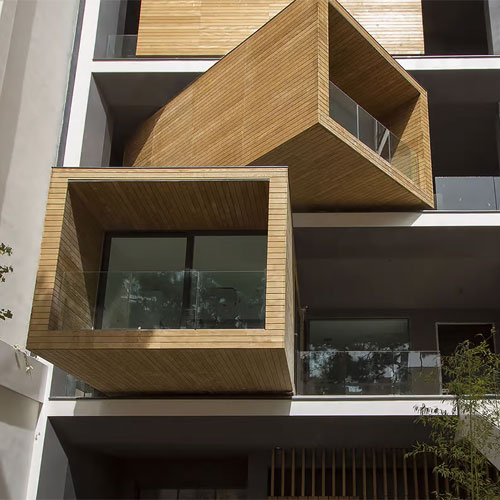
This 1,400-square-meter residence in Tehran, designed by NextOffice – Alireza Taghaboni, features rooms that adapt to seasonal changes. In summer, the house opens up to embrace light and ventilation, while in winter, it seals itself to retain warmth. The design draws inspiration from traditional Iranian architecture, incorporating flexibility to enhance living conditions.
Building Type: Residential
Architect: Alireza Taghaboni (NextOffice)
Notable Features: Expanding volumes, adaptable spaces, seasonal climate control.
2. Milwaukee Art Museum
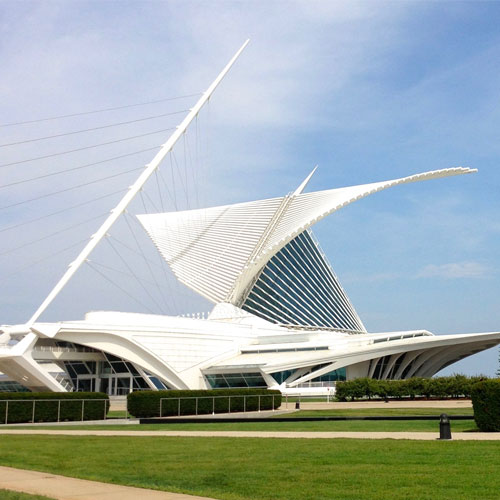
The Quadracci Pavilion, designed by Santiago Calatrava, features a movable sun-shield with a 217-foot wingspan. This innovative element opens and closes throughout the day, adjusting to sunlight and wind conditions. The shield's 72 steel fins weigh 90 tons and require precise control to move.
Building Type: Museum
Architect: Santiago Calatrava
Notable Features: Movable sun-shield, 72 steel fins, time-sensitive operation.
3. Al Bahar Tower
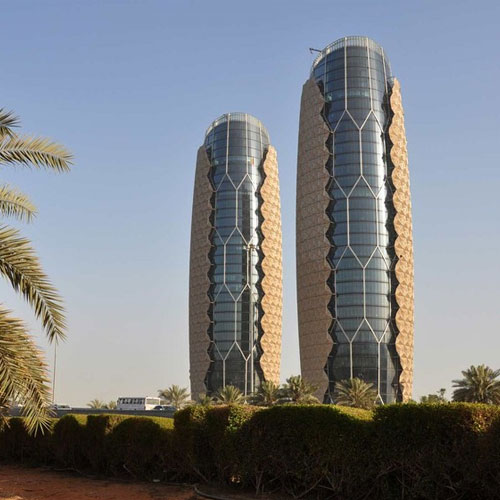
This office building in Abu Dhabi incorporates traditional Mashrabiya screens with modern mechanized systems. The adaptive facade adjusts to the sun’s position, optimizing natural light and minimizing solar glare. The 2,098 dynamic panels enhance user comfort by reducing the need for artificial lighting and mechanical cooling.
Building Type: Office Building
Architect: Aedas
Notable Features: Mashrabiya-inspired panels, solar gain reduction, dynamic shading.
4. Bund Finance Centre
Located in Shanghai, China, the Bund Finance Center features a kinetic facade with rotating stainless-steel pipes that function like a curtain. These layers, suspended from the third floor, rotate around the building, adding movement and dynamism to the structure. The facade changes orientation throughout the day, influenced by both wind and music.
Building Type: Finance Center
Architect: Foster & Partners
Notable Features: Rotating curtain, stainless-steel pipes, kinetic movement.
5. Institut du Monde Arabe
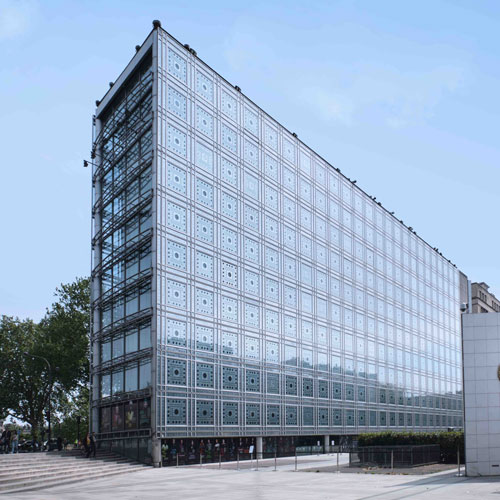
In Paris, Jean Nouvel’s Institut du Monde Arabe integrates a responsive brise soleil system. Inspired by Middle Eastern jali designs, this facade uses photo-sensitive diaphragms that adjust to control sunlight and heat. The innovative system enhances the building's internal ambiance while ensuring climate responsiveness.
Building Type: Cultural Center
Architect: Jean Nouvel
Notable Features: Jali-inspired brise soleil, photo-sensitive apertures.
Challenges of Adaptive Facades
Despite their many benefits, adaptive facades come with challenges:
Higher Initial Costs: Adaptive facades often require advanced materials and technology, making them more expensive upfront compared to traditional facades. However, the long-term energy savings and reduced maintenance can offset these initial costs.
Complex Design and Installation: Installing adaptive facades requires careful coordination between various components, including sensors, smart materials, and automation systems. This can complicate the design and construction process, potentially lengthening project timelines.
Maintenance and Monitoring: While adaptive facades reduce the need for constant maintenance, they still require periodic checks to ensure the sensors and automated systems are functioning correctly. Additionally, the moving parts and smart materials may need occasional upkeep.
Conclusion
Adaptive facades represent a significant shift in building design, moving beyond static structures to dynamic systems that respond to environmental conditions. These systems adjust to factors like sunlight, temperature, and wind, enhancing energy efficiency and comfort for occupants. By adapting to the changing environment, they minimize the need for mechanical interventions, resulting in lower energy consumption and reduced long-term operational costs. Although the upfront costs may be higher due to advanced materials and technology, the investment pays off over time through energy savings and less frequent maintenance. As technology continues to evolve, adaptive facades will become more common, offering a blend of performance, sustainability, and aesthetic value for future architectural projects.
Image sources- systems.arch.ethz.ch, newatlas.com, archdaily.com, archello.com, timeout.com

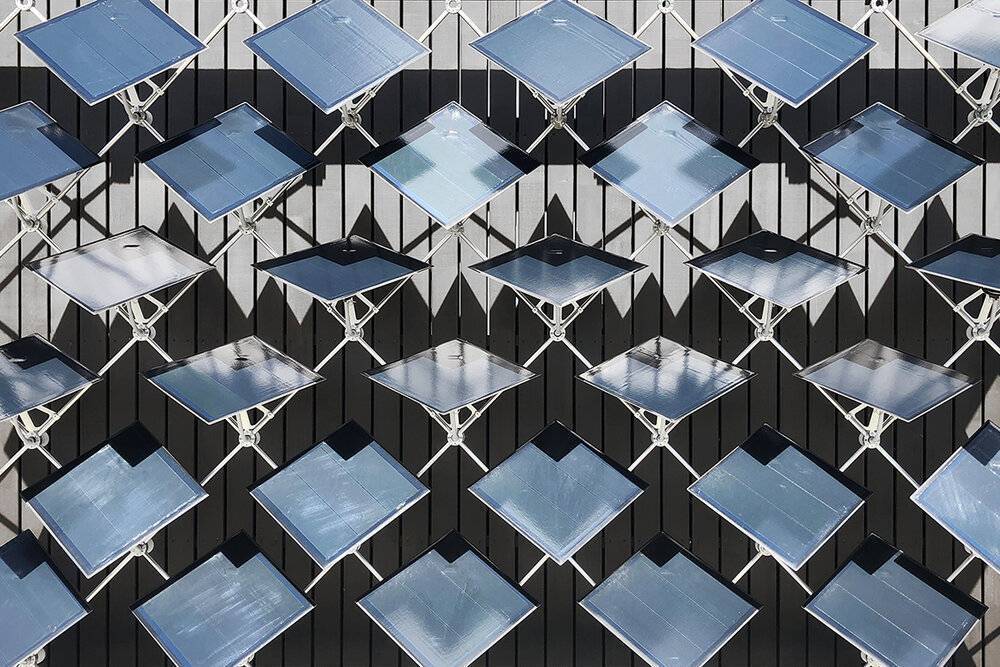
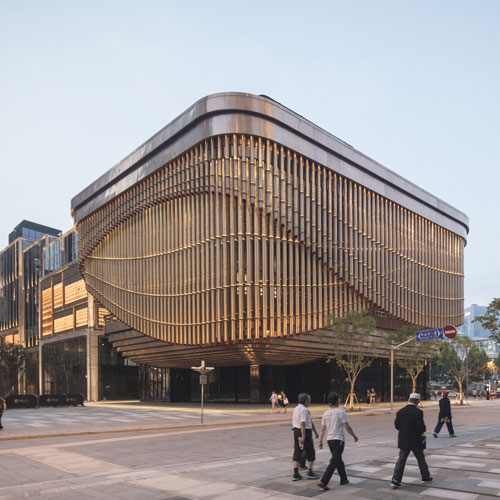

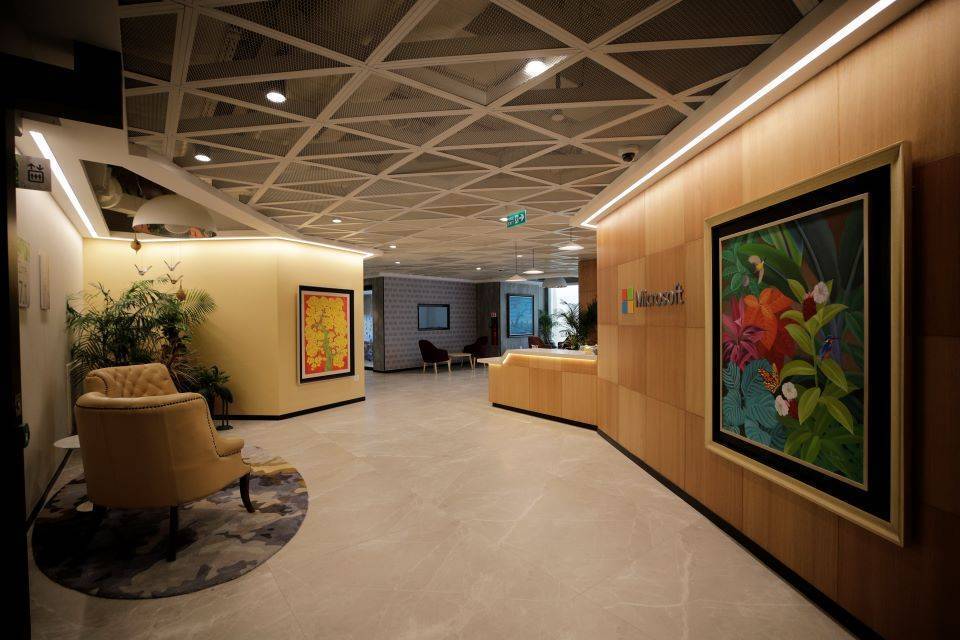
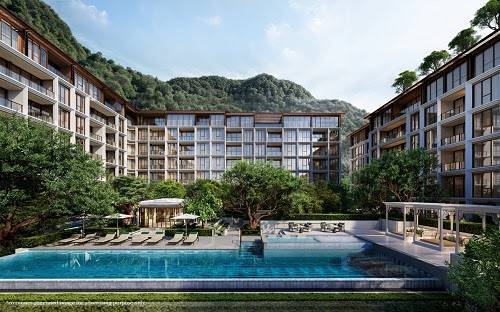


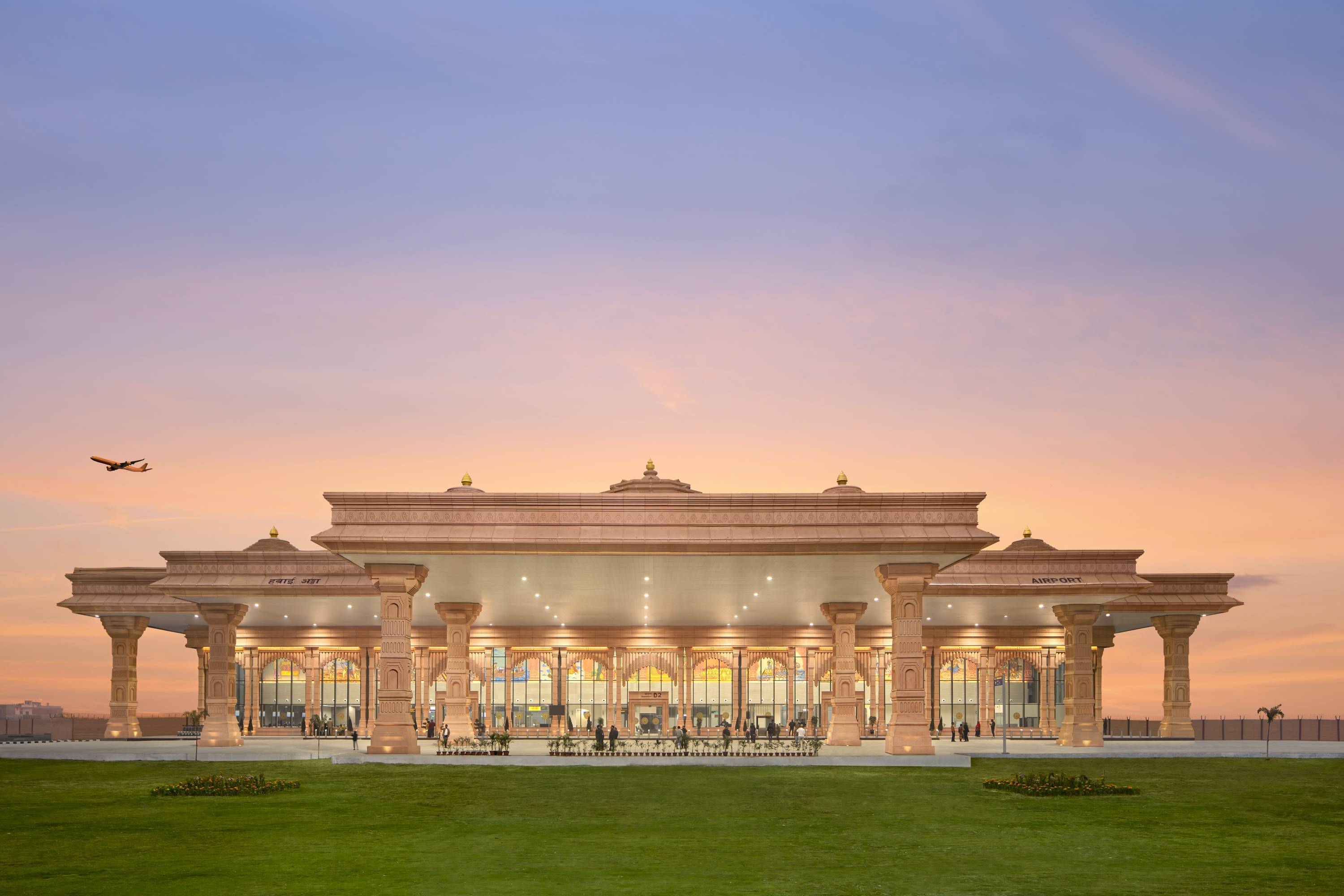

.png)